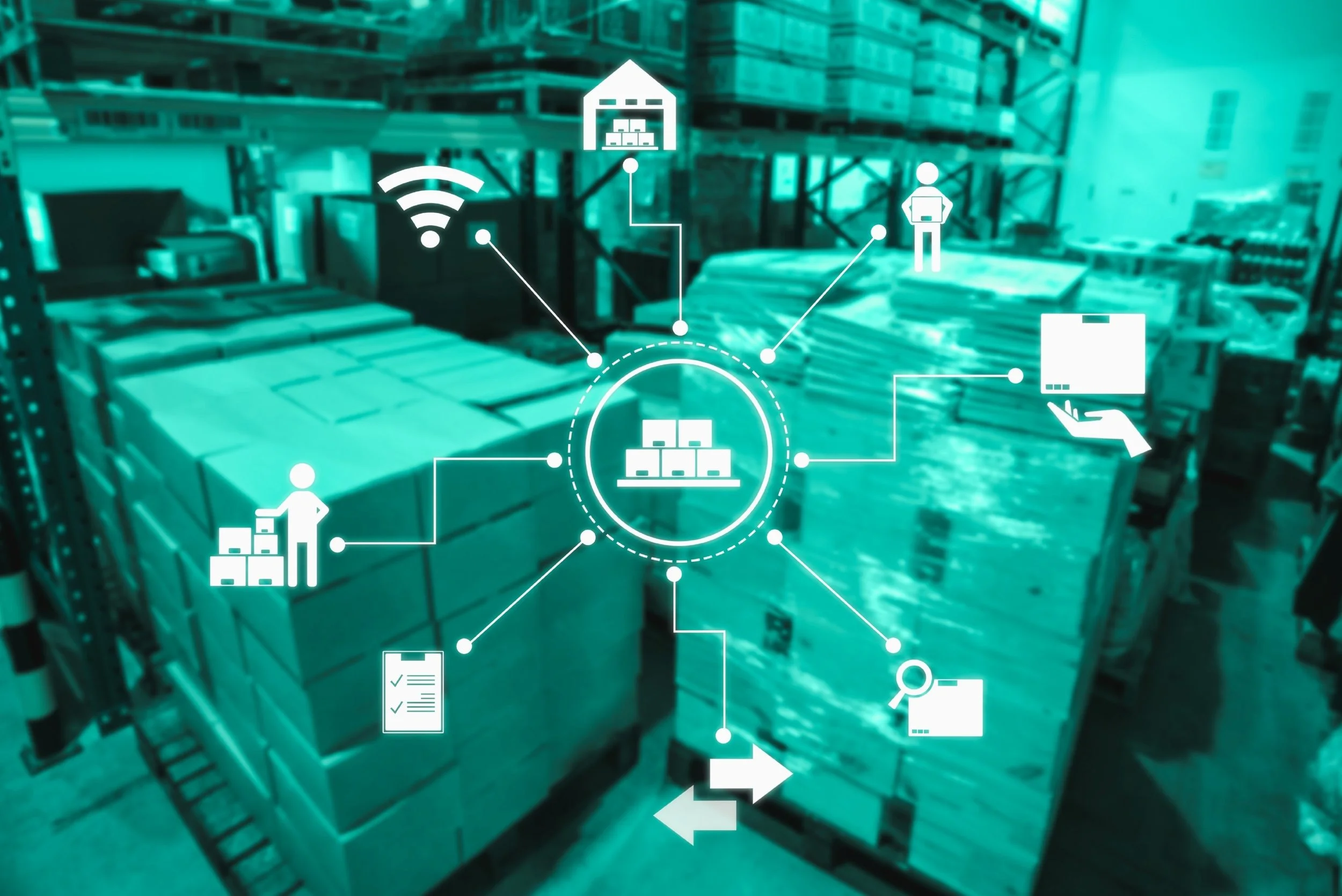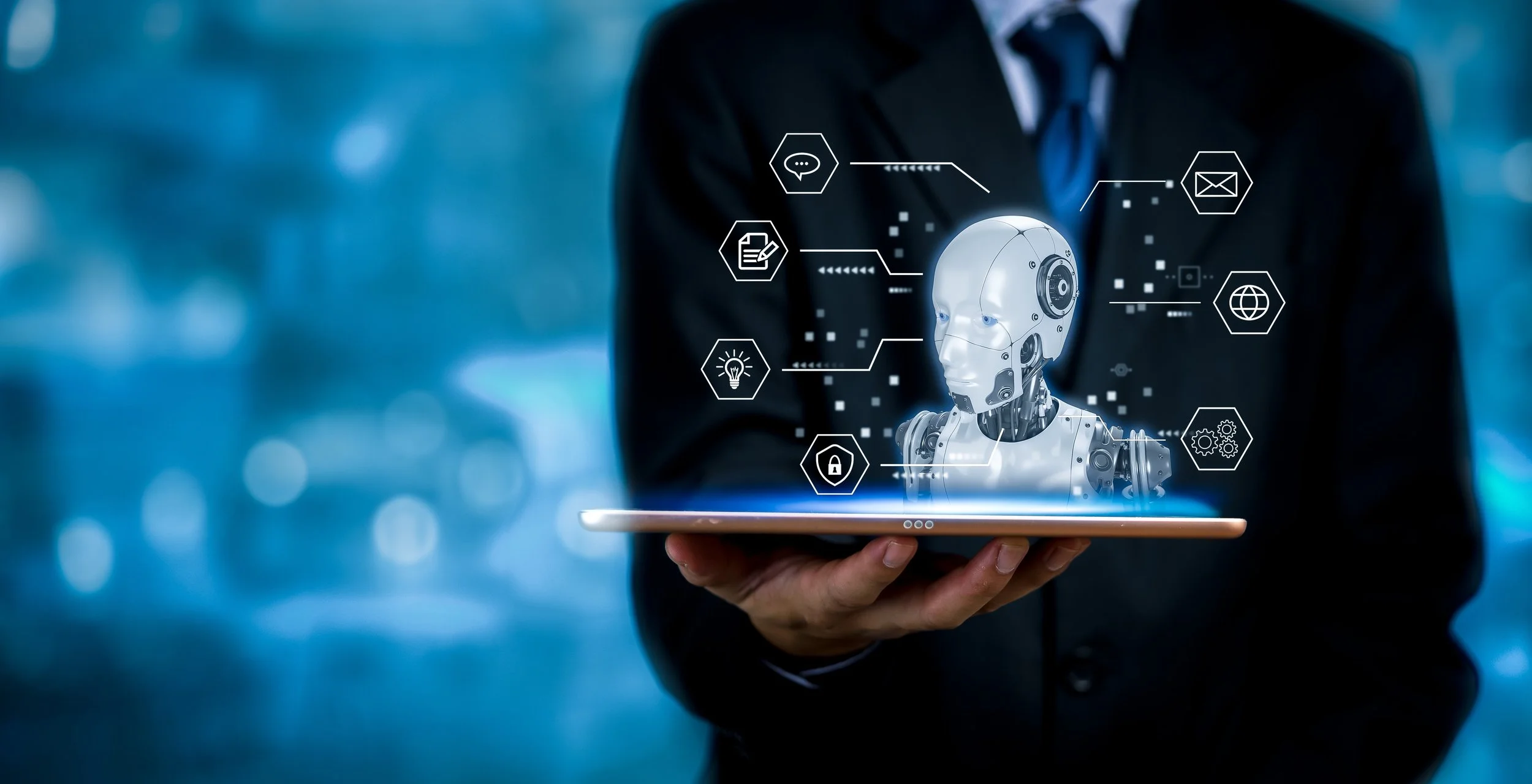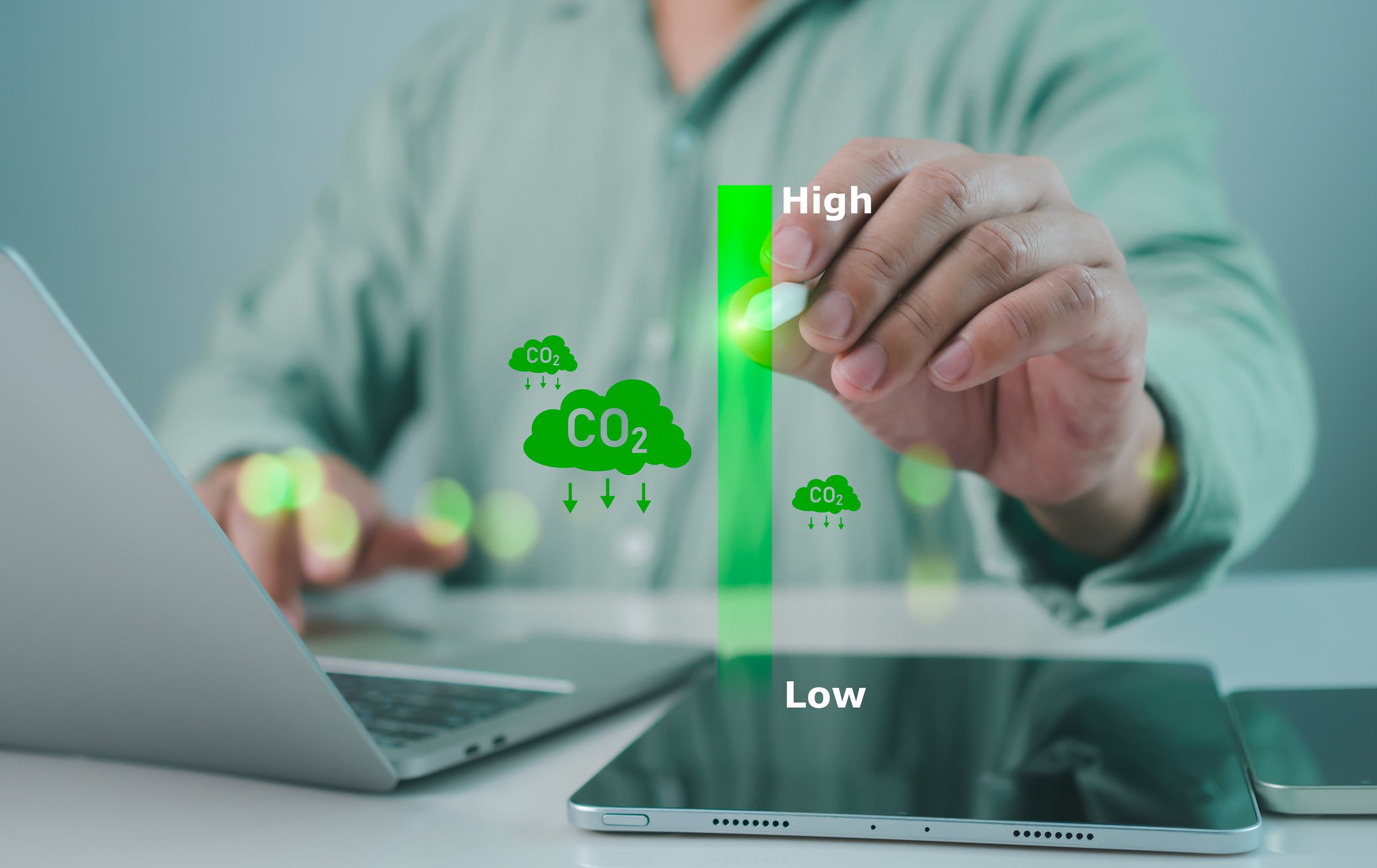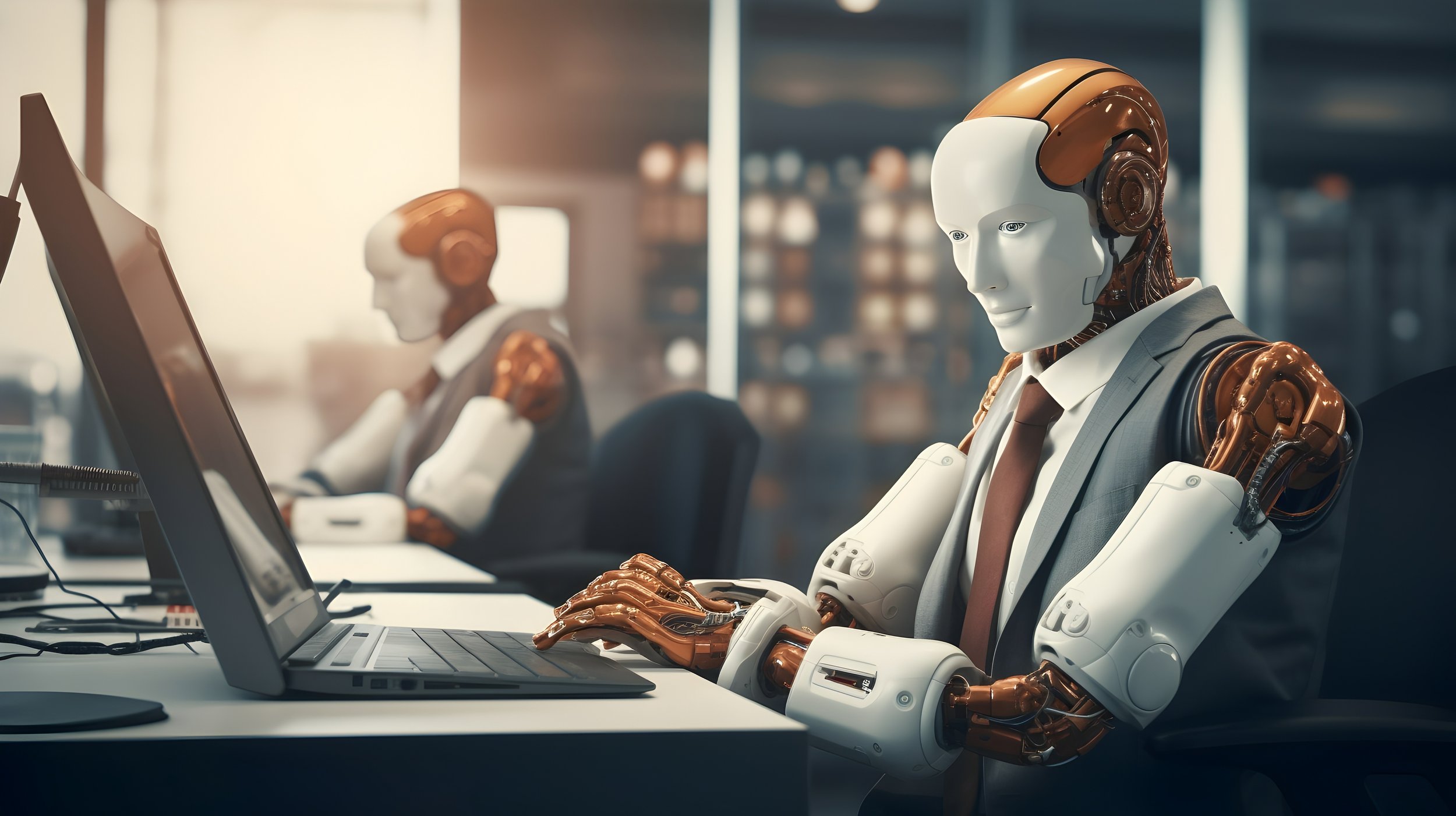
TechNews
Latest updates and insights on tech.
Personalized AI Tutoring
This article explores how AI tutors and personalized learning systems are transforming education by delivering adaptive, data-driven instruction. By supporting both students and teachers, AI enhances engagement, accessibility, and outcomes in the digital learning era.
Resilient Supply Chain 4.0
This article explores how Supply Chain 4.0 is reshaping logistics through IoT and AI. With real-time data, predictive intelligence, and automation, companies can streamline operations, reduce risks, and stay competitive in a rapidly changing global landscape.
AI-Powered Public Transit
This article explores the rise of AI-powered self-driving buses and their role in shaping smarter public transportation systems. From improved safety and lower emissions to cost savings and flexible service, autonomous transit is redefining the daily commute and laying the foundation for a more connected urban future.
Sustainable AI: Designing Environmentally Friendly Algorithms
This article explores how developers and organizations are addressing the environmental impact of artificial intelligence by designing more efficient algorithms, using clean infrastructure, and adopting greener development practices. It highlights the growing importance of sustainable AI in reducing carbon emissions while enabling responsible innovation in the digital age.
Preparing the AI Workforce
This article explores how organizations in 2025 can prepare their teams for the rise of AI and automation. It offers insights into the skills, leadership strategies, and cultural shifts needed to build a resilient, empowered, and AI-literate workforce capable of thriving in the age of intelligent technology.
AI Meets IoT Networks
This article examines the powerful convergence of artificial intelligence and the Internet of Things, highlighting how intelligent edge devices are revolutionizing real-time decision-making in smart networks. From smart cities and hospitals to factories and farms, AIoT is enabling a new class of systems that can sense, learn, and act autonomously. The piece explores key applications, technical challenges, and the future of connected intelligence in 2025.
Cybersecurity 2025: AI vs AI
This article explores the escalating AI-driven cyber arms race unfolding in 2025. It dives into how both attackers and defenders are using artificial intelligence to outmaneuver each other in real-time digital warfare. From autonomous malware to adversarial learning and AI-powered defense systems, the piece outlines the technologies, risks, and ethical questions driving the next phase of cybersecurity innovation.
Interpretable AI Models
This article explores the growing demand for interpretable AI in high-stakes decision-making, where transparency and accountability are critical. It discusses the importance of human-understandable models, the technical methods used to achieve interpretability, and real-world applications across healthcare, finance, and justice. With ethical implications and regulatory pressure rising in 2025, building AI systems that users can trust and understand is no longer optional—it’s essential to ensure responsible, equitable, and effective decision support.
AI for Decision Support
In 2025, artificial intelligence has become an essential tool in supporting decision-making across industries. This article explores how AI-enhanced systems assist humans in navigating complex choices through real-time data analysis, predictive modeling, and risk assessment. Rather than replacing human insight, these tools amplify it—allowing leaders, professionals, and organizations to make faster, more informed, and context-aware decisions. With examples from healthcare, finance, government, and emergency response, the article highlights the advantages and limitations of AI in decision support, and stresses the importance of maintaining human judgment, ethical safeguards, and transparency in every AI-assisted process.
Artists Collaborate with AI
This article explores how AI is transforming creative work by enabling designers, musicians, and artists to collaborate with intelligent systems. It highlights key tools, workflows, and ethical considerations in this new era of AI-augmented creativity.
Edge AI for Real-Time
Edge AI is changing how machine learning is deployed by bringing intelligence directly to devices. This article explores its advantages in latency, privacy, and real-time performance, while highlighting its role in critical sectors like healthcare, manufacturing, and smart cities.
Sustainable Cities with AIoT
AI and IoT are pivotal technologies transforming urban spaces into smart, sustainable cities. From intelligent energy usage and waste management to water conservation and smart transportation, these tools enable real-time data analysis and automated decision-making. As urbanization continues to strain resources, AI and IoT empower cities to forecast demand, reduce waste, and optimize systems across infrastructure, utilities, and mobility.
Transforming Health with AI
Artificial Intelligence is reshaping the healthcare landscape by enhancing diagnostic precision, enabling early disease detection, and personalizing treatment plans. From AI-driven imaging analysis to predictive analytics and remote consultations, this article explores how AI is revolutionizing every step of the patient care journey. As healthcare systems seek efficiency and accuracy, AI continues to evolve into a pivotal force driving innovation and improving patient outcomes globally.
AI & Climate Insights
AI is revolutionizing weather prediction and climate analysis, offering a powerful tool for enhancing forecasting accuracy and addressing the growing challenges of climate change. By leveraging machine learning, big data analytics, and advanced algorithms, AI is transforming how meteorologists and climate scientists process and interpret complex datasets. This article explores the diverse applications of AI in predicting extreme weather events, identifying climate trends, and providing data-driven insights to support climate adaptation strategies. As AI continues to evolve, its impact on climate science and environmental policy will become even more critical in addressing the urgent need for sustainable solutions.
AI's Impact on Jobs
Artificial intelligence (AI) is rapidly transforming the global employment landscape, simultaneously presenting challenges and creating new opportunities. Its influence extends across sectors such as manufacturing, transportation, healthcare, and customer service—disrupting traditional roles through automation while generating demand for new skill sets. Understanding the capabilities essential for success in an AI-driven future has become increasingly critical.
Robotics in Learning
Robotics is emerging as a powerful tool in education, offering an engaging and interactive way to teach STEM subjects while also supporting the development of social and cognitive skills. This study examines how integrating robots into classrooms enhances problem-solving, creativity, and collaboration among students. By transforming traditional learning environments, educational robotics is helping to better prepare students for a technology-driven future.
Addressing Bias in AI
Artificial intelligence is reshaping society, but its rapid growth brings increasing concerns about algorithmic bias and fairness. This study investigates the root causes of bias in AI systems and examines approaches for developing more equitable machine learning models. By addressing these challenges, the goal is to build AI that supports inclusion, avoids discrimination, and contributes to a more just and responsible technological future.
Bionic Prosthetic Innovation
Bionic prosthetics are transforming the future of mobility and independence for individuals with limb loss. This study explores key advancements in robotic systems that replicate natural movement and the importance of biocompatibility in achieving seamless human-machine integration. These innovations are redefining what’s possible, empowering users to lead active, fulfilling lives with greater confidence and capability.
Sustainable Tech in VC
The venture capital landscape is undergoing a notable shift, moving beyond purely financial returns to emphasize social and environmental impact. Investors are increasingly seeking alignment with long-term values and responsible innovation. It also explores the challenges of integrating ESG considerations into VC practices and offers guidance for tech startups looking to attract socially responsible investors in a rapidly evolving funding environment.
Tech in Disaster Response
Cutting-edge technologies are reshaping disaster response by enhancing speed, accuracy, and coordination in crisis situations. This study focuses on innovations such as drones and Artificial Intelligence (AI), which are enabling faster assessments, more efficient search and rescue operations, and smarter resource allocation. While these tools bring significant advantages, their integration also presents challenges that must be addressed to fully realize their potential in saving lives and supporting recovery efforts.




















